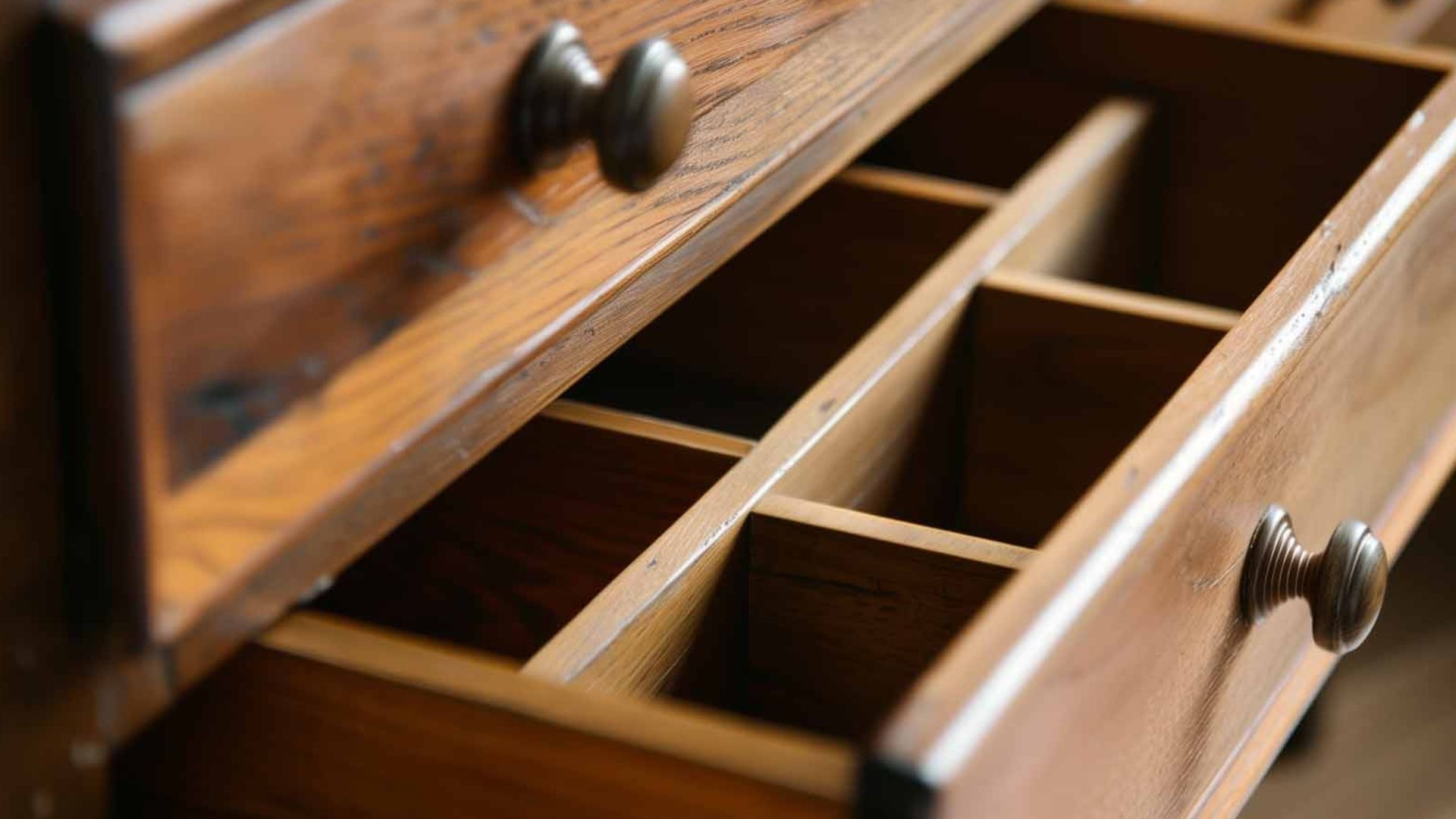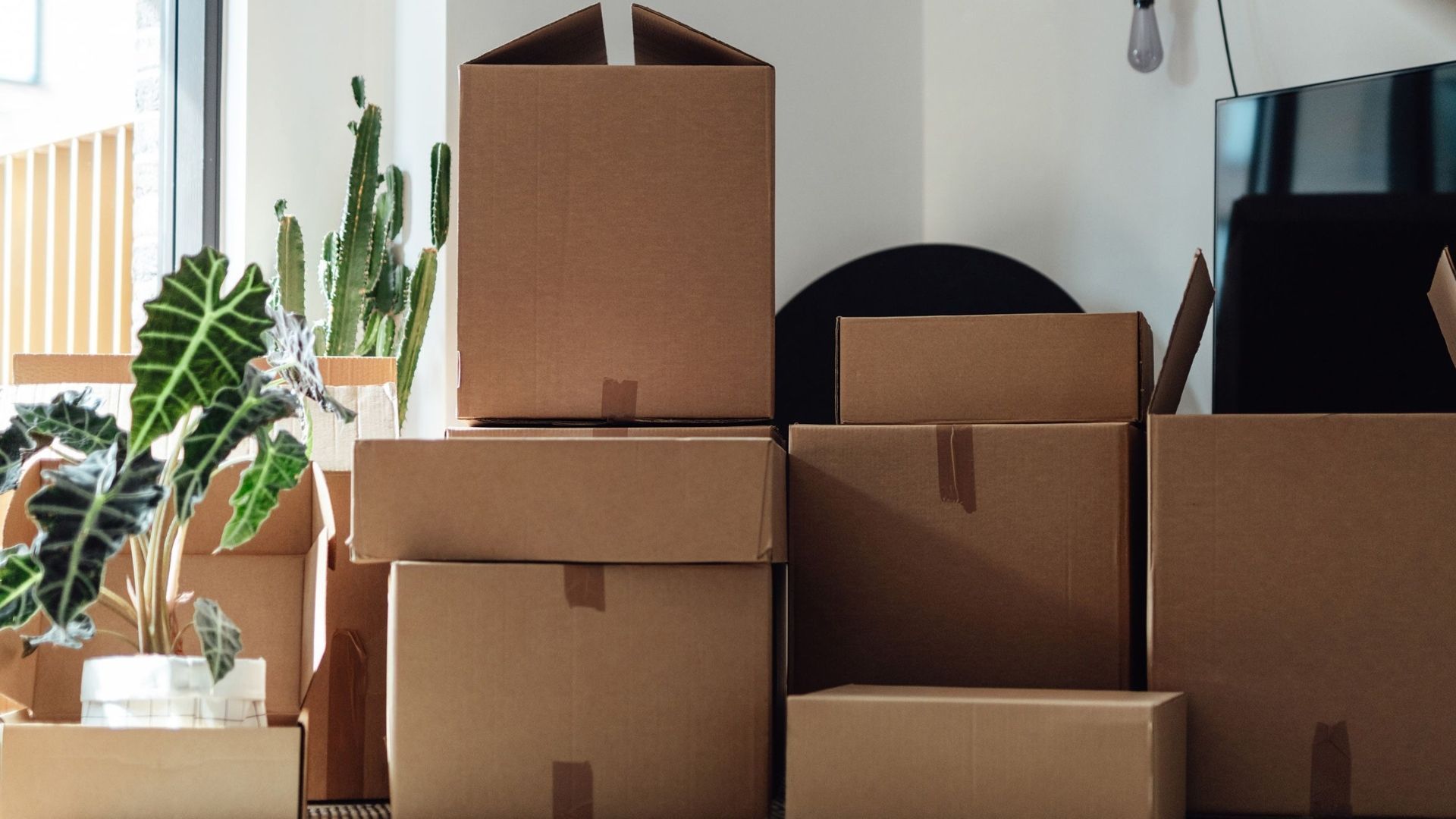How to Protect Vinyl Flooring When Moving Appliances?
You can protect vinyl flooring when moving appliances by using furniture sliders, protective mats, and proper lifting methods. The key is to never drag heavy items directly on the floor and always create a barrier between your appliances and the vinyl surface.
Moving appliances can be scary for vinyl floor owners. One wrong move and your beautiful floors could end up with scratches, dents, or even tears that cost hundreds to fix. But don't worry - with the right tools and know-how, you can move that fridge, washer, or dishwasher without leaving a mark.
Why Vinyl Floors Get Damaged During Appliance Moves
Vinyl flooring is tough, but it has weak spots that heavy appliances love to attack. Let's look at the main ways your floors can get hurt during a move.
The Weight Problem
A single vinyl plank can handle up to 500 pounds of weight. That sounds like a lot, but here's the catch - most appliances put all their weight on tiny feet or corners. This creates pressure points that can dent or crack your floors over time.
Think of it like standing on someone's foot with high heels versus flat shoes. Same weight, but the heels hurt way more because all the pressure hits one small spot. According to the International Residential Code, floors in non-sleeping rooms must support a minimum live load of 40 pounds per square foot, but this assumes even weight distribution - not concentrated pressure points from appliance feet.
Scratches From Dragging
Dirt and grit under the foot of an appliance can increase the friction enough to rip vinyl pretty easily. When you drag an appliance, any small rocks or debris on the floor acts like sandpaper between the appliance and your vinyl.
Popular Mechanics experts note that "a dirty floor is a damaged floor" and recommend damp-mopping before any appliance move to prevent this abrasive action.
Heat Damage
Heat from appliances can sometimes cause vinyl to discolor. Some ovens and dryers get hot enough to warp or fade the vinyl directly underneath them.
Smart Tools That Save Your Floors
The right tools make moving appliances feel like a breeze. Here are the game-changers that professional movers swear by.
Furniture Sliders Work Like Magic
Furniture sliders are small pads you put under appliance feet. They spread out the weight and let things glide smoothly across your floor.
Customers find these furniture sliders effective for protecting wood and tile floors, with one customer specifically mentioning their use on hard surfaces. The best ones have a felt bottom that slides easily and thick foam that keeps your appliance stable.
Types of Sliders:
- Felt pads for smooth surfaces
- Rubber caps for items that move often
- Large appliance sliders for refrigerators and washers
Moving Blankets Are Your Friend
Place a moving blanket or thick cloth under the appliance to slide it gently across the floor. These thick blankets create a soft barrier and help things slide without scratching.
You can also use old carpets or rugs. I once flipped a scrap of carpet upside down and moved around a kitchen range like nobody's business.
Protective Sheets and Boards
For really heavy stuff, lay down sheets of protection first:
- Cardboard - Cheap and works for lighter appliances
- Plywood sheets - Better for heavy refrigerators
- Hardboard (Masonite) - Professional choice that lasts
U-Pack moving experts specifically recommend laying down cardboard if you're going to scoot appliances over vinyl flooring, as "scuffs and tears are the biggest concern with vinyl flooring." For the best results, lay down a piece of ¼-inch hardboard (often referred to as Masonite), shiny side up. This creates a smooth surface that appliances can slide across without touching your vinyl.
Step-By-Step Moving Process
Moving appliances safely takes planning, but it's not rocket science. Follow these steps and your floors will thank you.
Before You Start
Clean Everything First A dirty floor is a damaged floor. Sweep and mop the path you'll be taking. Even tiny bits of dirt can scratch vinyl when an appliance rolls over them. Research from NIST (National Institute of Standards and Technology) shows that proper floor preparation and protection protocols are critical for preventing structural damage during heavy load applications.
Get Help Heavy appliances are not a one-person job. Get assistance from another person to help move the appliance safely. Having someone guide while you push makes everything safer and easier.
Plan Your Route Walk the path from where the appliance is to where it's going. Move any furniture or obstacles out of the way. Measure doorways to make sure everything fits.
The Right Way to Move Different Appliances
Moving Refrigerators
Fridges are the trickiest because they're so heavy and awkward.
- Empty it completely - Food and shelves add extra weight
- Unplug and let it sit - Give it time to settle before moving
- Use appliance sliders - Put one under each corner
- Slide, don't drag - Keep it on the sliders the whole time
Moving Washing Machines
Washers are heavy but easier to handle than fridges.
- Disconnect everything - Water lines, drain hose, and power
- Secure the drum - Many washers need shipping bolts to prevent damage
- Use a dolly - Tip it back onto an appliance dolly
- Roll on protection - Keep cardboard or plywood under the dolly wheels
Moving Dishwashers
These usually slide in and out of tight spaces.
- Disconnect power and water - Turn off the circuit breaker first
- Remove the front panel - This makes it lighter and easier to grip
- Use sliders - Small furniture sliders work perfectly
- Go slow - Dishwashers can tip easily
What Not to Do
Never Drag Appliances Dragging heavy appliances can cause significant damage to vinyl flooring, including scratches, tears, and dents. Always lift or use sliders. According to Popular Mechanics flooring experts, vinyl floors are especially prone to damage from pivoting, which causes appliance feet to grind into the surface.
Avoid Pivoting Vinyl floors are especially prone to damage from pivoting, which causes the appliance feet to grind into the surface. Turn in wide arcs instead of spinning in place.
Don't Rush Take your time. One rushed move can create damage that costs more to fix than your entire moving service.
Emergency Damage Control
Sometimes accidents happen. Here's what to do if you spot damage right away.
For Light Scratches
Most small scratches can be buffed out with a microfiber cloth and some vinyl floor polish. For light scratches, DIY methods like the tennis ball trick or a pencil eraser can be surprisingly effective.
For Deeper Scratches
For more stubborn scratches, consider using a commercial vinyl scratch repair kit. These kits have special compounds that fill and hide deeper marks.
For Dents
Small dents sometimes pop back up on their own if you give them time. If not, you might need to replace that section of flooring.
Prevention Tips That Really Work
The best fix is never needing one. These simple steps keep your vinyl floors looking new.
Smart Furniture Choices
Placing felt pads under furniture, using area rugs or mats in high-traffic areas, and avoiding dragging heavy objects across the floor can all help minimize the risk of scratches.
Use Furniture Pads Stick felt pads under every piece of furniture that touches the floor. Replace them when they get thin or dirty.
Add Area Rugs Put rugs in front of your big appliances. Area rugs placed in front of heavy appliances like refrigerators and stoves protect the vinyl flooring from foot traffic and spills.
Regular Maintenance
Keep It Clean Sweep or vacuum regularly to remove the small rocks and dirt that cause scratches.
Check Your Floors Look under and around your appliances every few months. Catch small problems before they become big ones.
Control Temperature Maintain a consistent indoor climate to prevent the vinyl flooring from expanding or contracting, which can lead to gaps and damage.
When to Call the Pros
Some moves are too risky to handle yourself. Here's when it makes sense to hire professional movers:
- Very expensive floors - If replacement costs thousands, professional help is worth it
- Heavy or awkward appliances - Side-by-side fridges, commercial ranges, etc.
- Tight spaces - Narrow hallways or stairs make DIY moves dangerous
- No help available - Don't risk injury trying to move heavy things alone
Professional movers have the right tools and know-how to protect your floors. They also carry insurance if something does go wrong.
Special Situations
Some moving situations need extra care. Here's how to handle the tricky stuff.
Moving on Stairs
Never try to carry appliances up or down stairs. Use a professional moving company with the right equipment. Use carpet film on carpeted stairs and red rosin paper over every other type of flooring since it's flexible and easiest to custom fit.
Tight Doorways
Measure everything twice. Sometimes you need to remove doors or even appliance handles to fit through narrow spaces.
Uneven Floors
If your floors aren't perfectly level, sliders might not work as well. Use extra padding and go extra slow.
Cost-Effective Protection Options
You don't need expensive tools to protect your floors. Here are budget-friendly options that work great.
DIY Solutions
- Cardboard - Free from appliance stores, works for light moves
- Old blankets - Thick moving blankets protect and cushion
- Carpet scraps - Flip them upside down for a smooth sliding surface
Store-Bought Helpers
- Basic furniture sliders - Under $10 for a set of four
- Moving blankets - $20-30 each, last for years
- Appliance dollies - $50-100, worth it for multiple moves
Final Thoughts
Protecting vinyl flooring when moving appliances isn't hard - it just takes the right approach. Use sliders, lay down protection, lift instead of drag, and take your time. These simple steps will keep your floors looking perfect for years to come.
Remember, a few dollars spent on sliders and moving blankets can save you hundreds in floor repairs. And if you're not comfortable doing it yourself, professional movers like Last Stop Moving have the tools and experience to get the job done right.
Your vinyl floors are an investment in your home. Treat them with care, and they'll keep looking beautiful no matter how many times you need to rearrange your kitchen.



